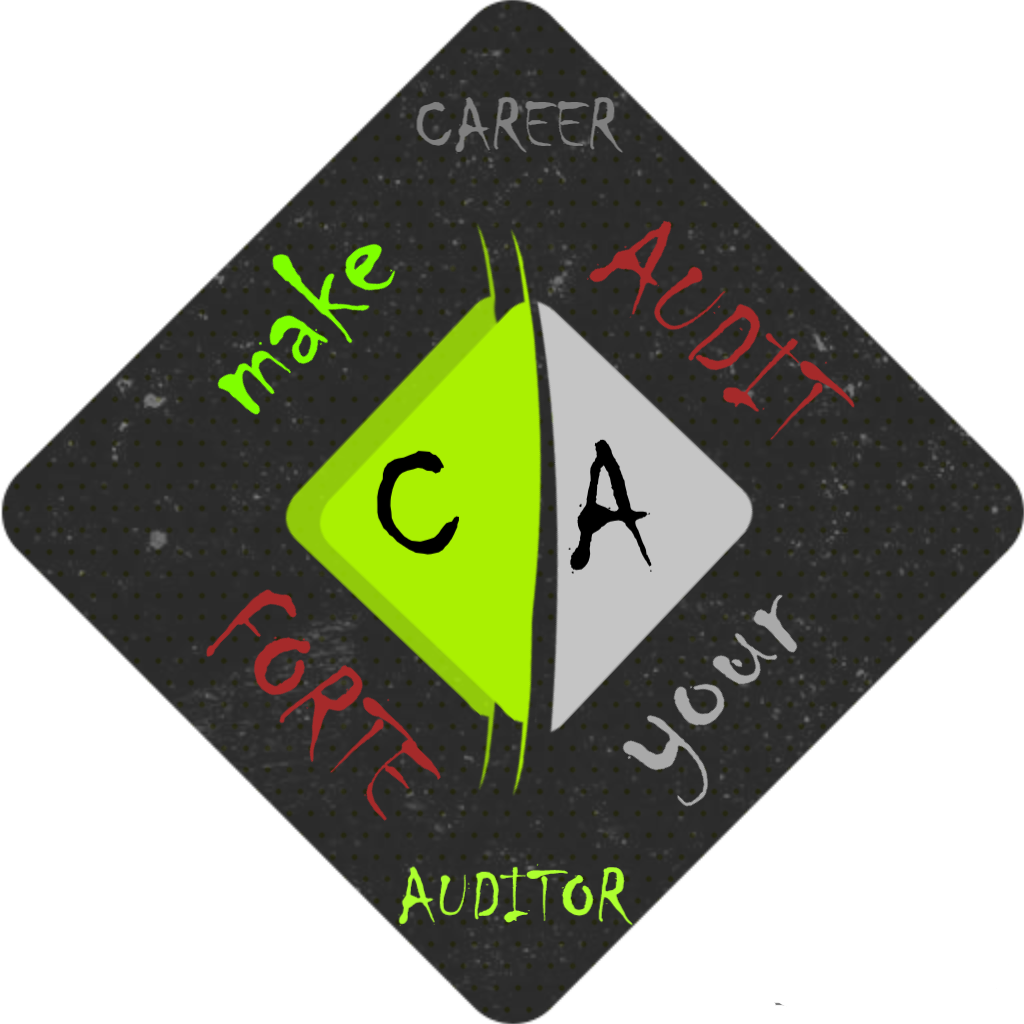Internal Auditing affords us, the internal audit practitioners, a unique and, may I add, a coveted spot on the meeting table. This spot is akin to a seat in the spectators’ gallery or amongst the audience watching a match or a show. This allows us to use our observation prowess keenly but are we using it wisely?
We take aim at understanding how things should be improved. We are immersed in observing how management or people approach issues. We see how people behave and react to situations. We focus on learning what we should be and how things should be.
But do we ever focus on how things shouldn’t be? How things should not have happened? How and why should we learn what we should not be?
Indeed, to a certain extent this learning might come from observing how things are happening and how people pursue their objectives, but the essence of knowing the difference comes from identifying and understanding what and how it shouldn’t be done, what should not have happened and stuff that should have been done differently.
Let’s first address the ‘WHY’ of this conundrum. Why is learning how it shouldn’t be is imperative.
Learning how things shouldn’t be is important because it helps in knowing the difference between:
- The end and the means to that end
- The objectives and the methods adopted to accomplish those objectives
- The choices selected and the choices available
- The actions taken and the results these achieved or couldn’t achieve
- The inaction and the results it led to
- The real solution and an expedient one
- The impacts of reaction and that of non-reaction
- The good and the bad
- The poor and the worst
It’s vital to understand these differences because these provide perspective for understanding the deliberations made and decisions arrived at by management. And it is so that the auditors do not just take the deliberations and decisions on their face value.
The auditor’s viewpoint and recommendations are also well advised if they’re fully cognizant of how things shouldn’t be and shouldn’t have happened. This makes audit strategizing more meaningful. But there’s another bigger cause for the ‘WHY’ which we’ll cover in a while.
Let’s now address the ‘HOW’ part.
First and foremost is reviewing actions against statements made as it is very rightly said that actions speak louder than words. Management that focuses its energies on all talk and seldom acts on it and management that talks one thing but executes another is simply spewing rhetoric when it talks; it doesn’t mean anything it says.
The other ways in which HOW could be assessed are:
|
HOWs to Check |
Elaborations |
|
Behavior |
Autocratic; decisions taken ahead of consulting stakeholders followed by meetings to give an illusion of ownership down the line |
|
Approach |
All is good as long as you keep looking away; OSTRICH effect |
|
Conduct |
Shooting down the messenger; no reality check, no news is better |
|
Actions |
Expediency over principles, convenience and comfort over what’s right |
|
Talk |
Boastful, Bragging, Blabbering |
A hard / tangible review approach is that of expenses, pertaining to personal allowances, reimbursements and advances. In my experience, personal expenses always tell an unfaltering story other stuff takes time to unravel. Especially if auditors are not wired to review the soft ‘HOWs’ given above, expenses review will uncover all that matters.
So, there are many methods to aid a curious auditor suspecting the substance over form of the management’s approach towards the affairs of the entity and how it should not be conducting itself.
It is no wonder if you find the aforementioned ‘HOWs’ to be suggestive of a management void of leading a team. These are indeed management traits that fully contrast with attributes of leadership. Meaning thereby that once an auditor reviews the ‘HOWs’ and arrives at the conclusions given in elaborations above, he can be assured of a lack of leadership in such a case.
Let’s now get back to the bigger cause of our concern here. Why learning what we shouldn’t be matters so significantly?
The internal auditor is meant to be a well-rounded professional, not for the sake of employability but for the sake of personal and professional identity. In this regard, learning what one should be is only one half of what makes an auditor; the other equally important, if not more is learning what one should not be. The auditor is not expected to go with the flow and become like the people whose conduct and behavior is the subject of auditor’s observation.
Only when we, the internal auditors, understand what we should be and what we should never be, we can be truly distinct and be a beacon of integrity and professionalism; people who do not relent on principles and are never expected to become tainted by adopting approaches we despise.
And we will only be able to do that once we’re able to acknowledge what’s happening around us, both in terms of covert substance and in terms of the overt form!
Thus, if we want not just to win the trust of all stakeholders we serve, but to be always looked up to for championing the cause of the business we serve, we need to put a greater emphasis on learning what we should not and never be, for learning what we should be is now outdated.
And remember, observe all you must, but focus keenly on what you should never become!
